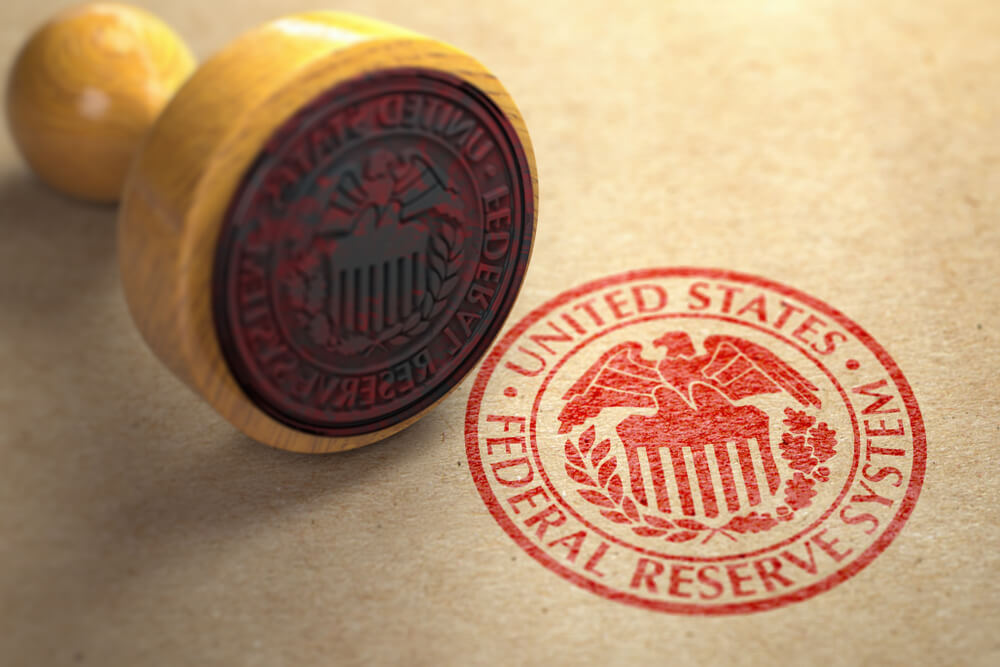The Federal Reserve has done a lot to prop up the economy and financial markets in the wake of a global pandemic.
But where is the U.S. heading as a wave of coronavirus infections surge?
Fed Chair Jerome Powell once again reiterated a grim outlook for the economy during a statement to the House Financial Service Committee on Tuesday.
“Output and employment remain far below their pre-pandemic levels,” Powell said. “The path forward for the economy is extraordinarily uncertain, and will depend in large part on our success in containing the virus.”
What Does the Fed’s Statement Mean for Investors?
Banyan Hill Publishing’s Ian King agrees with the Fed’s cautious approach.
“As a stock investor, you have to love the fact that Powell is still cautious,” King said. “The Fed’s statement shows it is committed to doing ‘whatever it takes’ to boost asset prices. That includes staying at zero-bound interest rates for longer and letting the economy run ‘hot,’ even after we reopen.”
That means keeping interest rates low for a while, which is great for stocks.
King calls the coronavirus crisis a “three-headed monster:”
- First, it’s a health crisis.
- Next, an economic crisis.
- Lastly, it’s a financial crisis.
The Fed tackled the second crisis well, in King’s estimation.
“The Fed largely fixed the financial crisis by making credit available for any bank that needed it,” King explained. “It’s also offering unprecedented intervention into the corporate and high-yield bond markets.”
Congress tackled the third, at least in part, by passing the CARES Act.
“It added close to $3 trillion of fiscal stimulus to the economy,” said King, Editor of Automatic Fortunes. “That was enough to sustain small- and medium-sized businesses for a few months during the shutdown.”
So now, focus shifts to the health crisis, which has only gotten worse. The number of new infections reported now are higher than any numbers reported in February, March or April.
“The market’s focus now is whether or not the virus is contained enough that states can reopen safely,” King said. “Last week, the market sold off as cases reportedly climbed in Florida, Texas and California.”
But King argues there are signs of good progress despite the recent uptick in COVID-19 cases.
“Many states in the Northeast were hit the hardest in February and March,” King said. “Those states have largely contained the virus. New York reported only seven COVID-19 deaths Monday. There were 700-plus daily deaths at its peak in early April.”
Infections Spike Among Younger People
“A few months ago, in Florida, the average age of new COVID-19 cases was 60,” King said. “Right now, the average age is 37. It appears that the most vulnerable segments of the population are taking enough precautions. That skews the infection rate toward younger, healthier individuals. Because of this, the number of daily deaths has declined, even though cases have climbed.”
And that’s key for Powell’s outlook. The Fed chair doesn’t think the economy can return to normal until people feel safe.
“A full recovery is unlikely until people are confident that it is safe to reengage in a broad range of activities,” Powell said.
But we aren’t out of the woods yet.
Powell once again called for a two-pronged attack, with cooperation from the federal government during the Fed’s statement Tuesday.
“The path forward will also depend on the policy actions taken at all levels of government to provide relief, and to support the recovery for as long as needed,” Powell said.
King agrees that more stimulus will be necessary if everything doesn’t go according to plan.
“The short-term unemployment insurance boost and PPP expires at the end of July,” King said. “If the economy can’t fully reopen by then, we are going to need more stimulus. If we are going to have another shutdown, there needs to be some type of fiscal compensation to ensure that these businesses can reopen again in the future.”
The Fed’s statement included a call to keep interest rates low “until we are confident that the economy has weathered recent events and is on track to achieve our maximum-employment and price-stability goals.”
And King thinks this sets up the perfect environment for the feds to keep printing money.
“With interest rates at historic lows,” King said, “the cost of doing nothing is worse than the cost of doing something.
